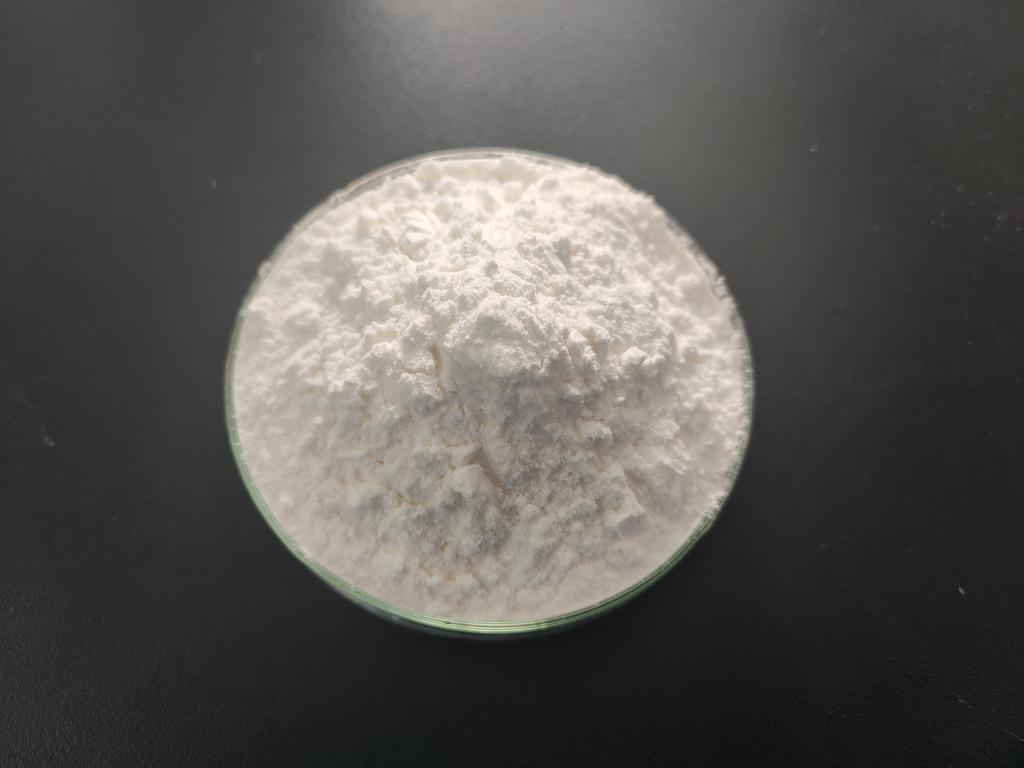Tel:0086 18231198596

News
Current Position:
Home >
News
>Sustainable Applications of ε-Polylysine Hydrochloride in Agriculture.
Sustainable Applications of ε-Polylysine Hydrochloride in Agriculture.
TIME:2024-05-22
Sustainable agriculture aims to meet the growing demand for food while minimizing environmental impact and conserving natural resources. In recent years, there has been increasing interest in natural alternatives to chemical pesticides and fertilizers to achieve these goals. ε-Polylysine hydrochloride, a natural antimicrobial peptide, has emerged as a promising candidate for sustainable agricultural practices due to its effectiveness in controlling plant pathogens and pests. This review explores the sustainable applications of ε-Polylysine hydrochloride in agriculture and its potential to promote environmental stewardship and food security.
2. Characteristics of ε-Polylysine Hydrochloride
ε-Polylysine hydrochloride is a cationic polymer composed of multiple lysine residues linked by peptide bonds. It is produced through fermentation of Streptomyces albulus or other microorganisms and is typically available in the form of a water-soluble powder or solution. ε-Polylysine hydrochloride exhibits potent antimicrobial activity against a wide range of bacteria, fungi, and yeasts, making it effective in controlling plant pathogens and soil-borne diseases. Its low toxicity, biodegradability, and safety for non-target organisms make it suitable for use in sustainable agriculture practices.
3. Applications in Crop Protection
ε-Polylysine hydrochloride has diverse applications in crop protection, including:
Seed Treatment: ε-Polylysine hydrochloride can be applied as a seed treatment to protect seeds from soil-borne pathogens and enhance germination rates. Its antimicrobial properties help prevent seed rot and damping-off disease, improving seedling establishment and crop yield.
Foliar Spray: ε-Polylysine hydrochloride can be applied as a foliar spray to control foliar diseases caused by bacteria, fungi, and viruses. Its ability to disrupt microbial cell membranes and inhibit protein synthesis makes it effective against a wide range of plant pathogens, reducing disease incidence and severity.
Soil Amendment: ε-Polylysine hydrochloride can be incorporated into soil as a soil amendment to suppress soil-borne diseases and promote beneficial microbial activity. Its antimicrobial properties help control soil pathogens and improve soil health, leading to healthier plants and higher crop yields.
4. Sustainable Pest Management
In addition to its role in crop protection, ε-Polylysine hydrochloride can be used for sustainable pest management in agriculture. By targeting specific pests while minimizing harm to beneficial insects and non-target organisms, ε-Polylysine hydrochloride offers an environmentally friendly alternative to chemical pesticides. Its selective toxicity and low ecological impact make it suitable for integrated pest management (IPM) strategies, which aim to reduce reliance on synthetic chemicals and promote biodiversity in agroecosystems.
5. Environmental Benefits
The use of ε-Polylysine hydrochloride in agriculture offers several environmental benefits:
Reduced Chemical Inputs: By replacing chemical pesticides and fertilizers with ε-Polylysine hydrochloride, farmers can reduce their reliance on synthetic chemicals and minimize environmental pollution and soil degradation.
Improved Soil Health: ε-Polylysine hydrochloride promotes beneficial microbial activity in the soil, enhancing nutrient cycling and soil fertility. It can also help suppress soil-borne pathogens and diseases, reducing the need for soil fumigation and chemical treatments.
Enhanced Biodiversity: By preserving beneficial insects and non-target organisms, ε-Polylysine hydrochloride supports biodiversity in agroecosystems and promotes ecological balance and resilience.
6. Challenges and Future Directions
Despite its potential benefits, the widespread adoption of ε-Polylysine hydrochloride in agriculture faces challenges related to regulatory approval, cost-effectiveness, and farmer acceptance. Future research efforts should focus on addressing these challenges and optimizing the formulation and application of ε-Polylysine hydrochloride for different crops and growing conditions. Additionally, exploring synergistic combinations with other natural products and innovative delivery systems could further enhance its efficacy and sustainability in agriculture.
7. Conclusion
ε-Polylysine hydrochloride holds promise for sustainable agriculture practices by offering effective control of plant pathogens and pests while minimizing environmental impact. Its natural origin, low toxicity, and broad-spectrum antimicrobial activity make it a valuable tool for promoting environmental stewardship, food security, and human health. By overcoming challenges and advancing research in this field, ε-Polylysine hydrochloride has the potential to revolutionize the way crops are protected and managed, paving the way for a more sustainable and resilient agricultural future.

 CONTACT
CONTACT




